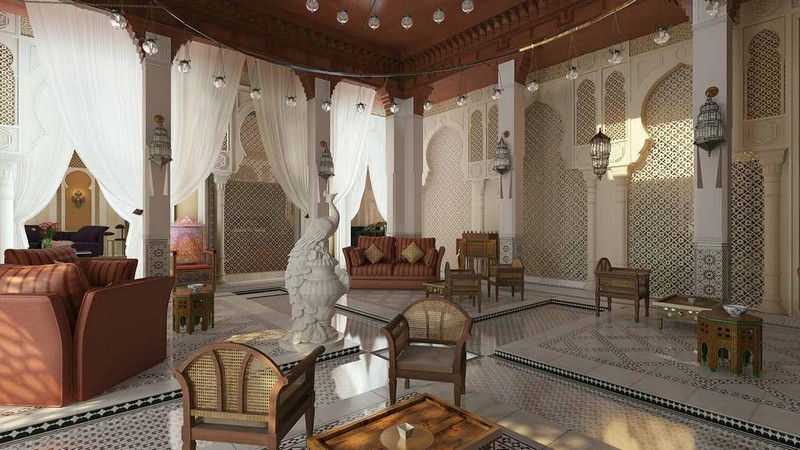Interior Theme
Bohemian
- Colours ranges from neutrals like white and tan to a mixture of vibrant jewel tones.
- This style is less about creating shapes and more about choosing, layering, and creating patterns of your choosing.
- Fixture Finishes are Metallics such as gold, silver, brass, and chrome are popular. Iron is also a common finish.
- To mix and match colours, patterns, and decor to show your personality aesthetically.
- There is no such thing as "too much”.
- Original or handmade pieces of art, flea market finds, or travel souvenirs are perfect.
- Rattan, wicker, wood, or plush furniture also work well. Also add plenty of throws and pillows.
Bohemian
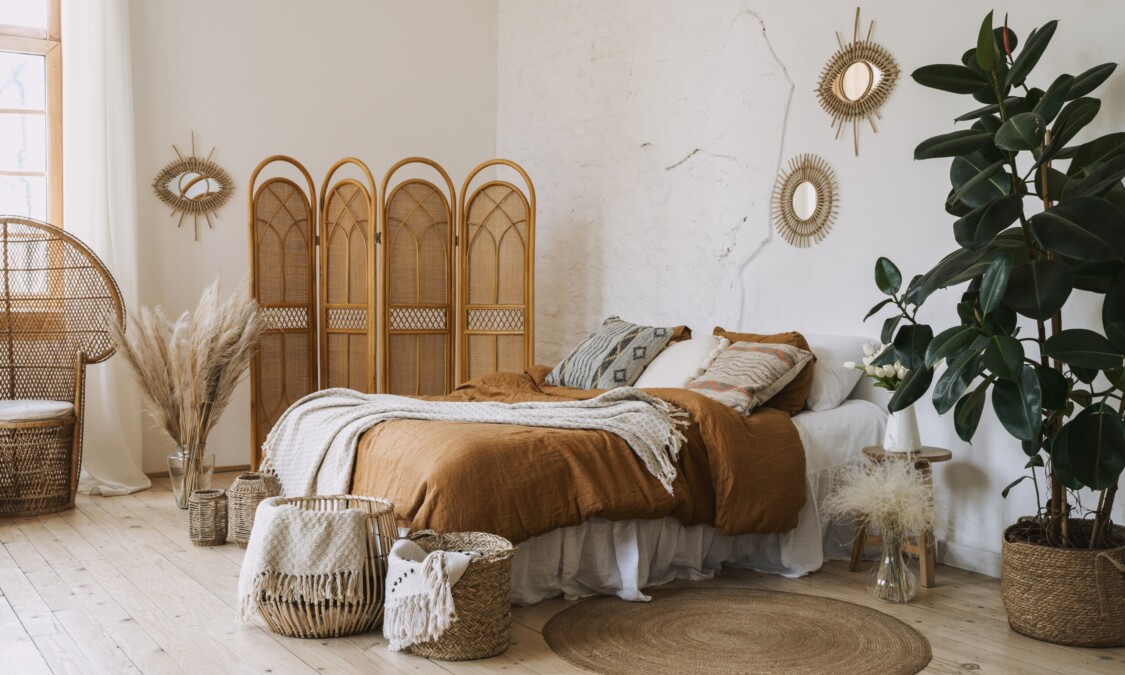
Contemporary
- Open spaces or open floor plans
- Unusual layouts
- Use of natural light
- Neutral colours
- Metal accent pieces,
- Textured and natural fabric
- Very light or very dark wood tones
- Lighting design used as an artistic statement.
Contemporary
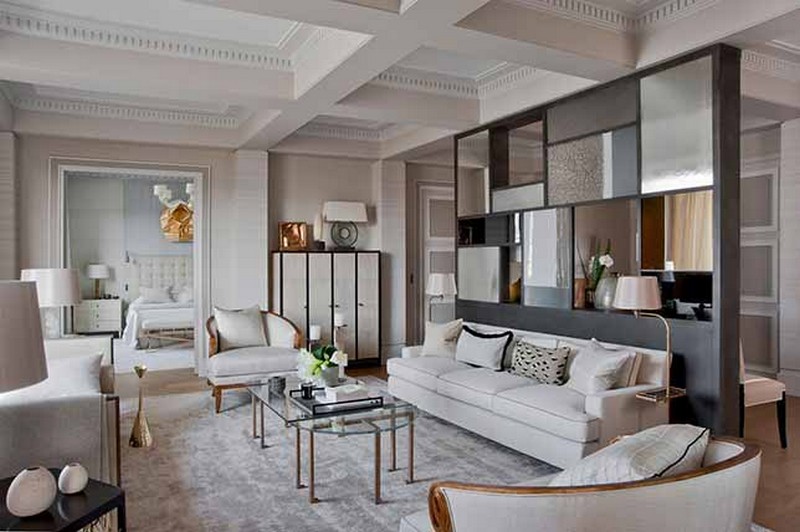
Traditional
- Reflects classic European decor
- Elaborate mouldings and wood panelling
- Built-in cabinetry
- Elegant furnishings and antique pieces
- Pairings of furniture and accessories
- Neutral palette with vibrant colours for furniture and accent pieces
- Expensive textiles like silk, velvet, cashmere or comfy fabrics like cotton or linen, and Intricate tile and wood floor patterns
Traditional
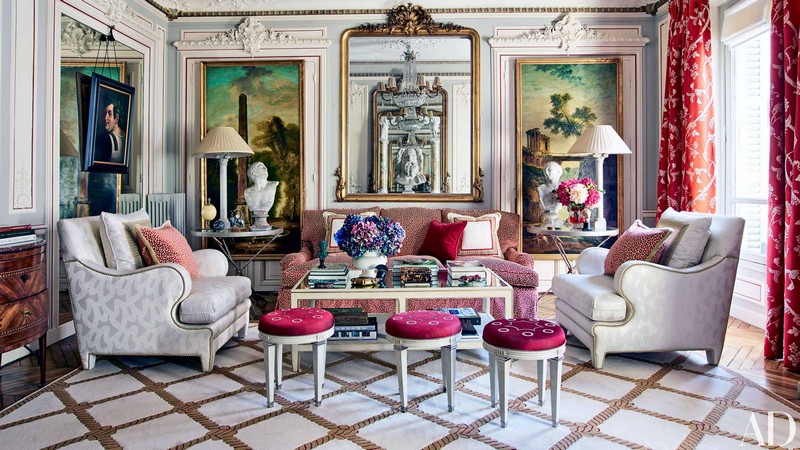
Classic
The classic grey, white and brown colour scheme with subtle hints of gold give this living room a look of understated glam. The panelling on the walls makes them stand out instead of looking dull. The modern furniture is simple, functional and made of traditional wood—the sideboard and side table in coffee brown complement the grey sofa well. The unconventional structure of the coffee table with its metal legs injects modernity along with the statement light fixture overhead.
Classic
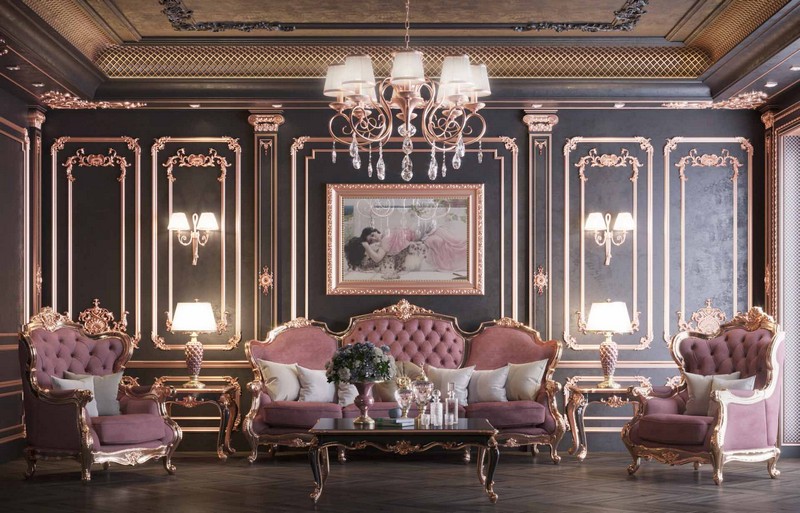
Modern
- Absence of ornament
- Intentional asymmetry
- No clutter or chaos
- Neutrals with primary colours and bold colour contrasts
- Geometric-patterned or plain area rugs
- Furniture pieces have clean lines and basic shapes, made of materials like metal, chrome, or glass and are streamlined with polished, smooth and sleek surfaces
- Art, rather than accessories
- Open floor plans
Modern
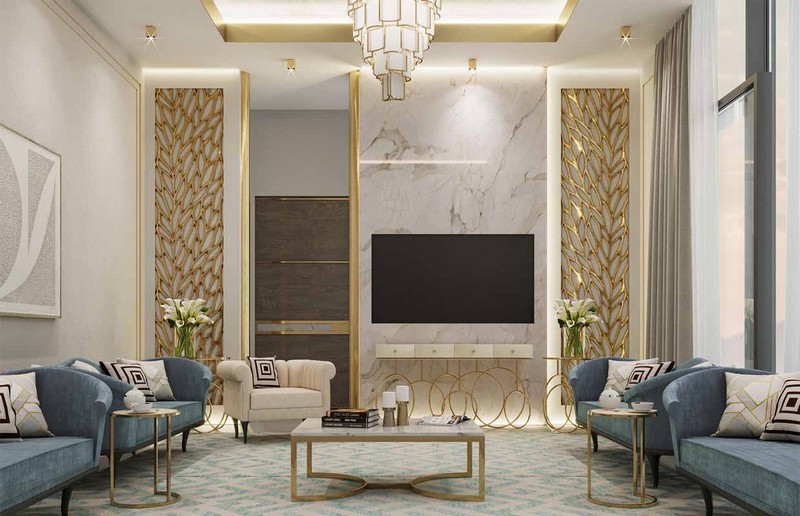
Industrial
- Raw and unfinished look
- A mix of greys, neutrals and rustic colours
- Utilitarian objects
- Large sectionals
- Antique or light fixtures with metal finishes
- Use of vintage and old factory and laboratory pieces
- Wood and metal surfaces
- Concrete flooring.
Industrial
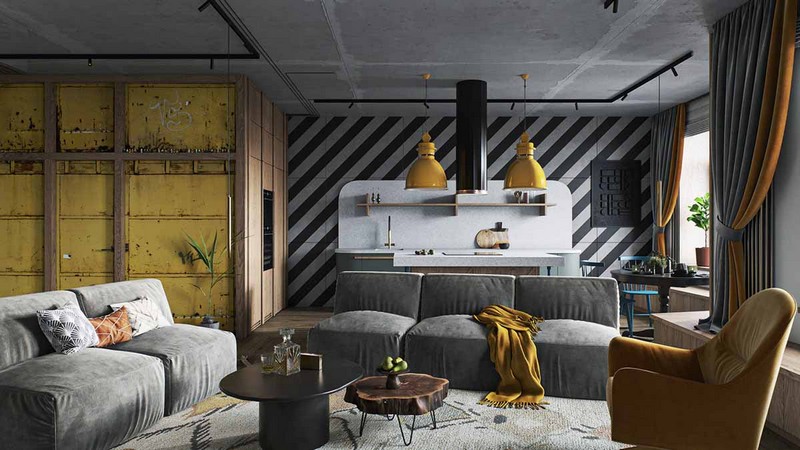
Transitional
- Curved furnishings with straight-lined lacquered finishes
- Limited use of accessories
- Use of impactful art as focal points
- Neutral colour palette
- Textural elements such as wood, glass, lacquer, rattan, fabric, steel and metal
Transitional
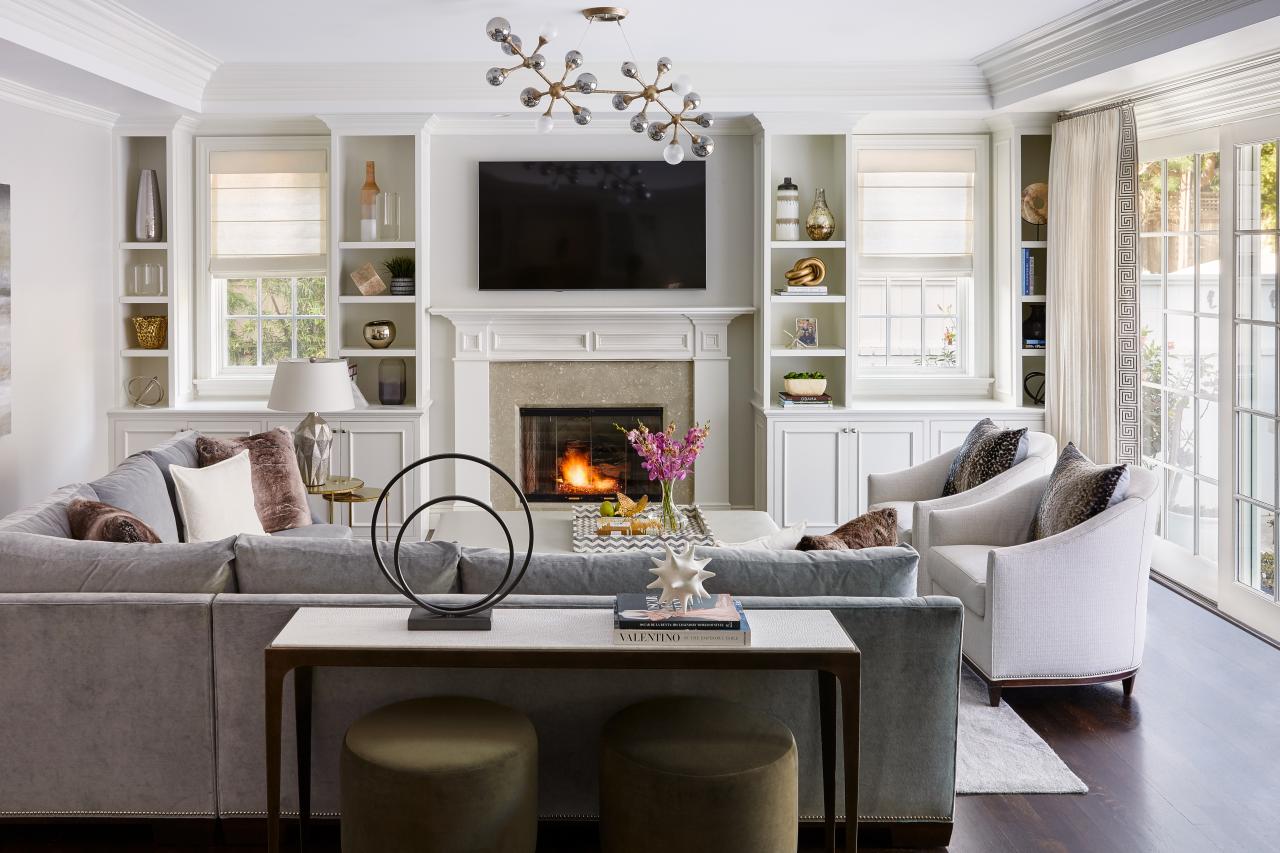
Minimal
Minimalist interior design is very similar to modern interior design and involves using the bare essentials to create a simple and uncluttered space. It’s characterised by simplicity, clean lines, and a monochromatic palette with colour used as an accent. It usually combines an open floor plan, lots of light, and functional furniture, and it focuses on the shape, colour and texture of just a handful of essential elements.
Minimal
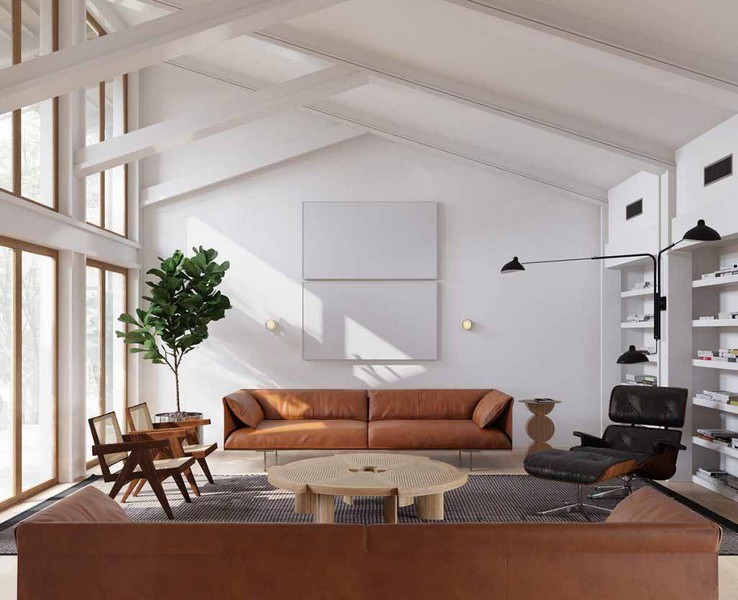
Art deco
Art Deco is characterised by trapezoidal, zigzagged and triangular shapes, chevron patterns, stepped forms, sweeping curves and sunburst motifs - all of which can be found in every form of Art Deco, from furniture and buildings to jewellery and fine art.
Art deco
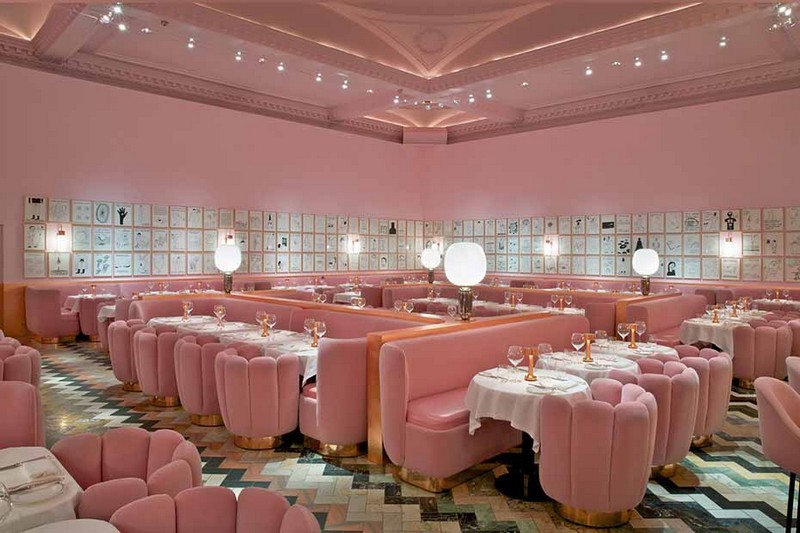
Eclectic
fabric or a more refined or roughed-up finish
Eclectic
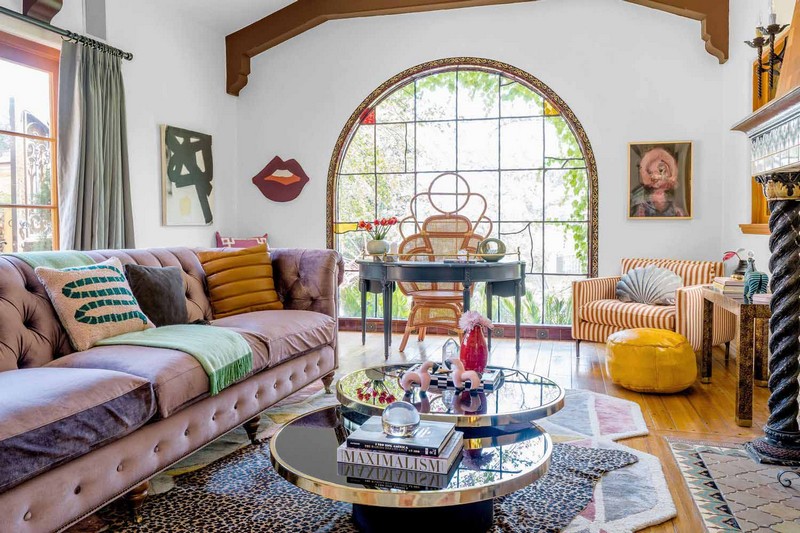
Tropical
- Open plan layout
- Safari-themed, jungle or beach vibes
- Passive cooling
- High ceilings
- Light and breezy
- Ceiling fans
- Monochromatic and light, reflective colour scheme
- Predominant green nuances
- Accessories and furniture made of tropical woods or natural materials
- Fabrics and textiles with palm leaves or animal motif
- Plenty of indoor plants
- Figures and statues of animals
- Wooden flooring with a red carpet
Tropical
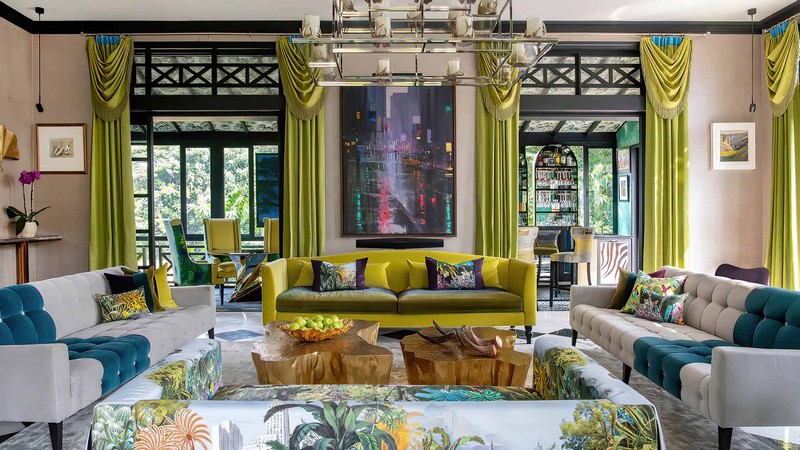
Nautical
Nautical home design is something that will never go out of style. It is possible to provide a relaxed atmosphere for any room by creating a mood that is associated with the sight, sound and smell of the ocean, complete with beach-inspired textiles, accessories associated with seafaring and some simple natural furniture.
Nautical
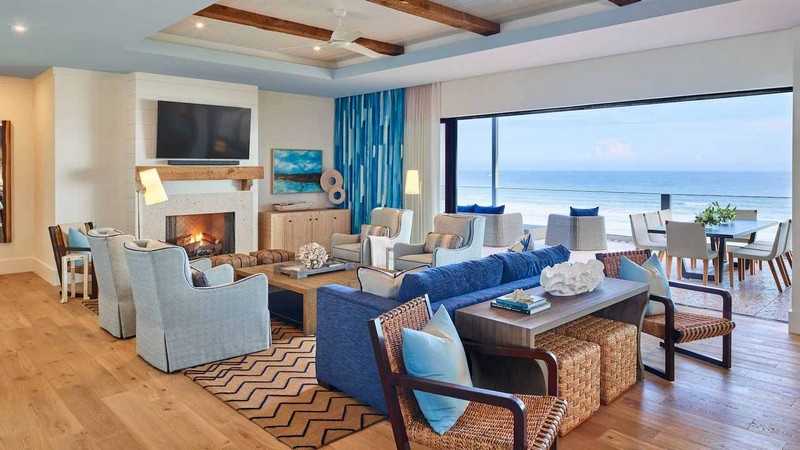
Hollywood glam
Hollywood glam
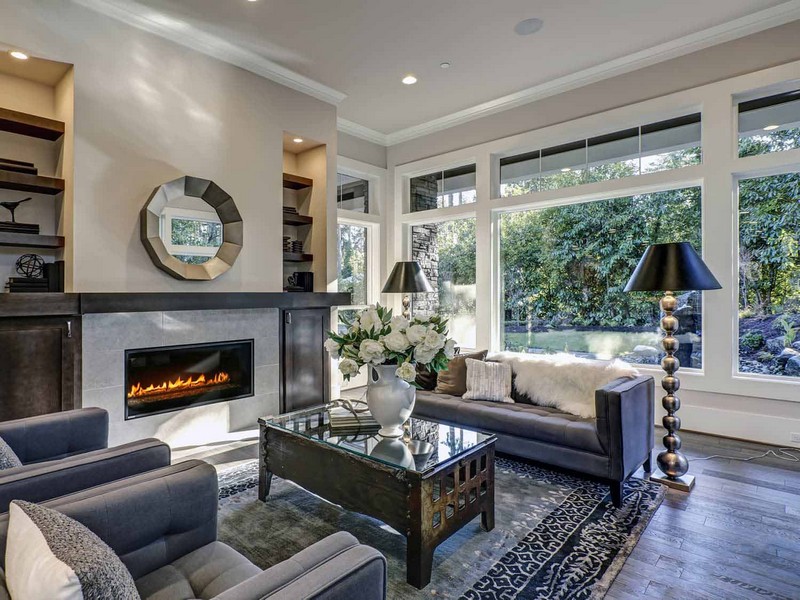
Mexican
- In interior design and architecture, the Mexican interior design is characterized by bold distinctive Mexican patterns, vibrant colours and rustic furnishings.
- Mexican style creates warm, stimulating ambience and welcoming by using cultural designs and rich vivid colours.
- Create your own beautiful house with Mexican accessories.
Mexican
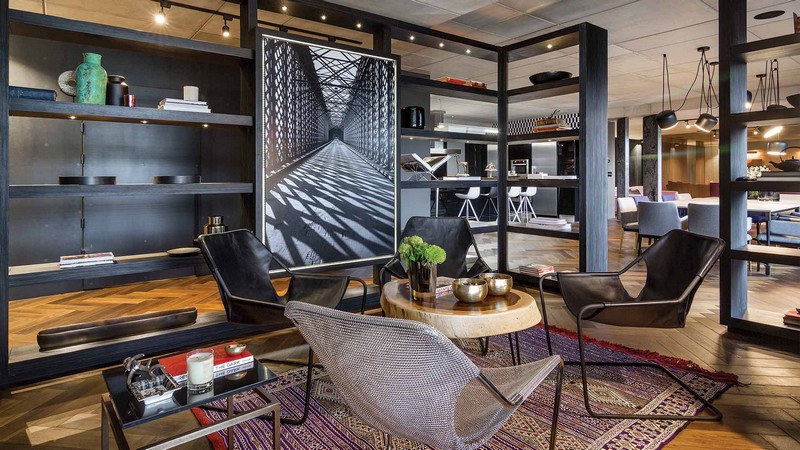
African
Traditional African homes are huts with clay walls, so if you want to bring an African flavor to your interior, finish your walls with something similar: plaster or textural wallpapers, and remember that they shades should be warm. Actually, African nature is always warm-colored, and you should repeat that feature in your home, too: yellow, orange, ocher, burgundy, red, brown, buttermilk and so on.
African
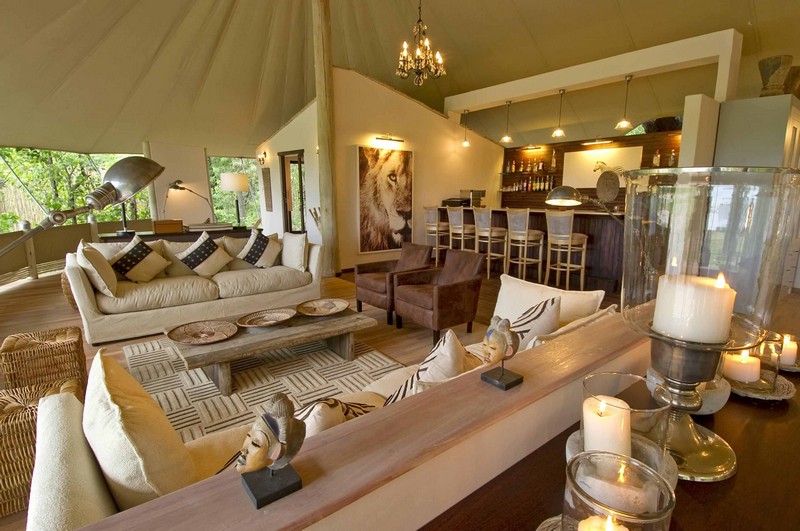
Victorian
Victorian
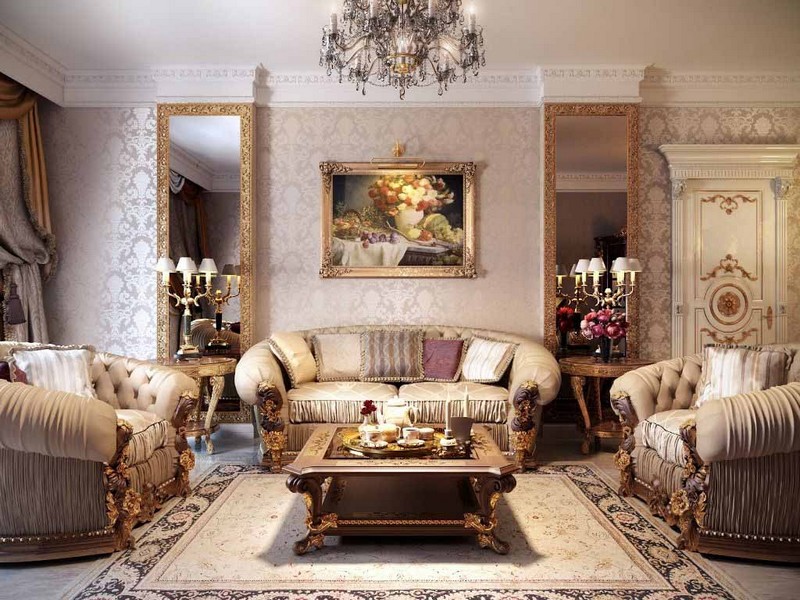
Asian
Asian
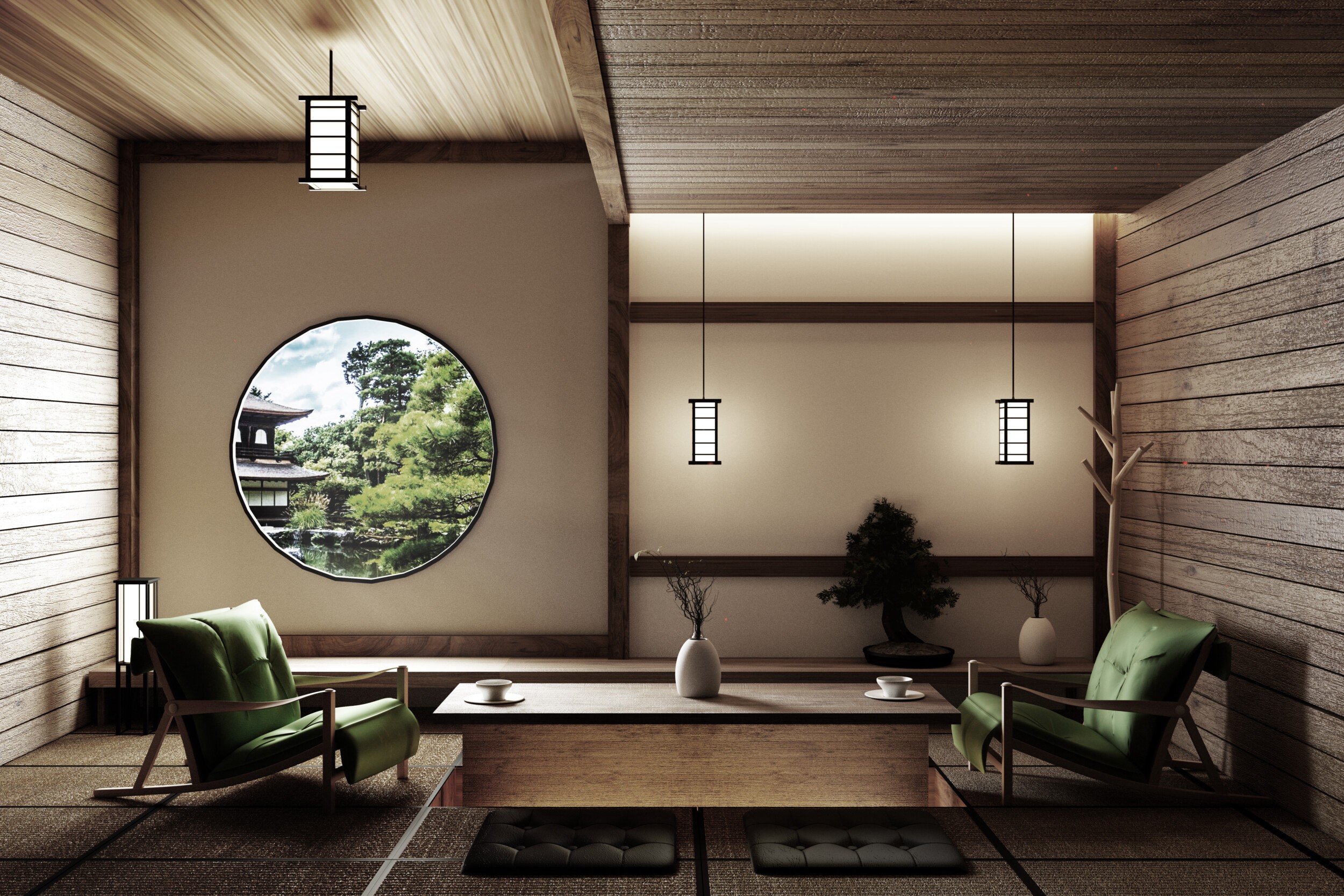
Shabby chic
Shabby chic
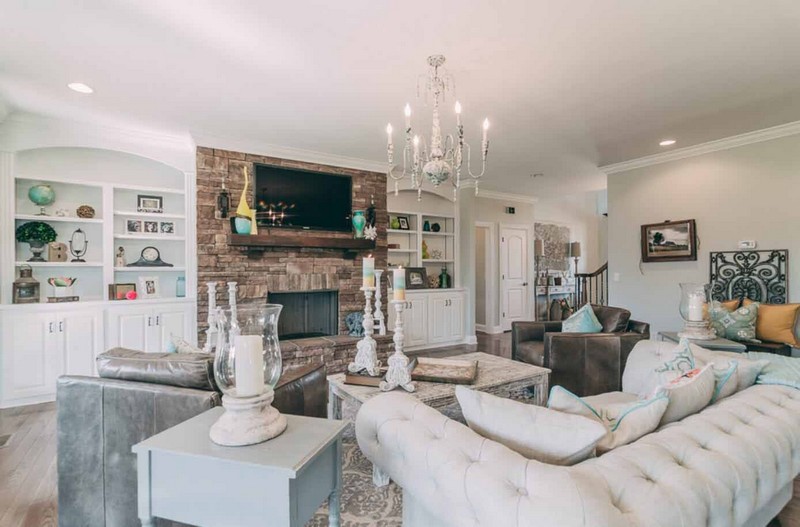
Scandinavian
- Predominantly white
- Bright colours combine with the main white colour
- Large mirrors
- Principles of symmetry
- Furniture pieces are functional and stylish but not too trendy and contemporary
- Use of light-coloured wood and warm colours
- Light wood flooring dressed up with rugs in subtle colour.
Scandinavian
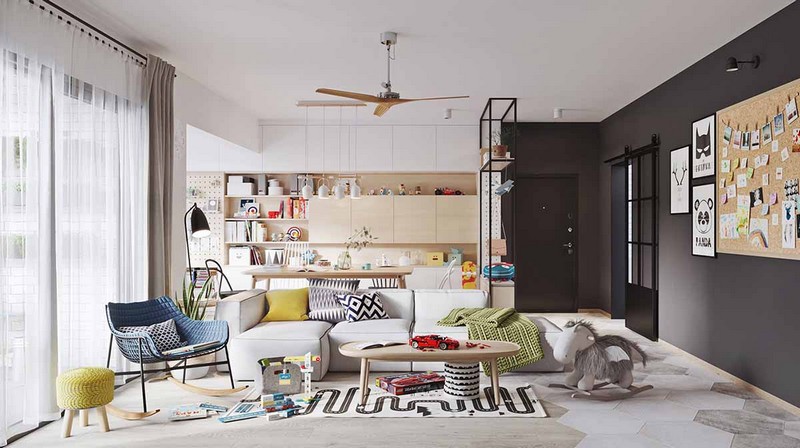
Moroccan
A Moroccan interior design style can be exotic, elegant, luxurious and dramatic all in one go. Outside of the country itself, the Moroccan look really started big time in the sixties when hippies from affluent backgrounds spent time in the country and brought the look back as a non-conformist style. An opulent look, it is all about colours, fabrics, patterns and lots of freedom and flow between pieces. materials, framed dried plants, natural textures with simple floral prints or various topics in the jungle.
Moroccan
